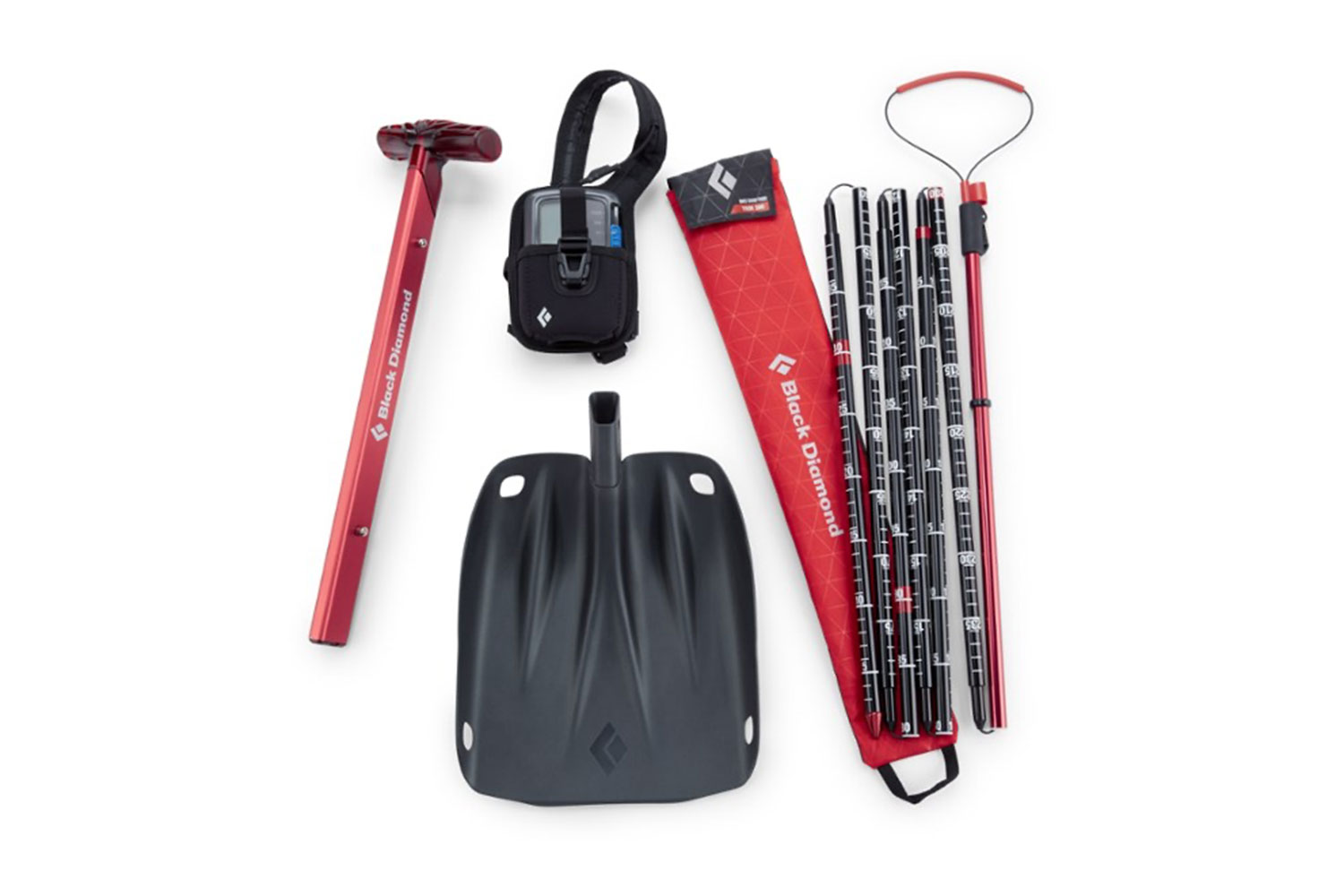After spending the beginning of the COVID-19 pandemic stuck inside, once summer hit, the first thought on everyone’s minds was heading outdoors to spend time in nature. The result was that national and state parks and other popular wilderness areas were overwhelmed with visitors, keeping the risk of contracting COVID-19 high. So where can you go in the great outdoors when the most popular and readily accessible wilderness destinations are too crowded? The backcountry.
Rugged and remote, backcountry hiking and camping offers social distancing and big, empty spaces in spades, providing the perfect escape from COVID and the crowds. But even for experienced outdoor enthusiasts, the backcountry can be a dangerous place. There’s the risk of falling or injuring yourself, becoming dehydrated or getting lost. During winter, you could get hit by an avalanche while hiking or skiing. And since you’re far from civilization, if you have no outdoor survival skills, essential safety gear, or contact with the outside world, the situation can become dire. Gaining survival skills is an important part of spending more time in the backcountry, but making sure you also pack the right gear in case of emergency is also key. Whether you’re a newbie to the backcountry life or a seasoned pro, this is the best backcountry safety gear to take with you.
Buy at Amazon

When you’re out in the middle of nowhere, it’s unlikely that you’ll have cell service. So if there’s an emergency, how can you contact rescuers or friends and family for help? Hikers and outdoorsy people of all stripes rave about the Garmin inReach, a tiny handheld device that provides two-way communication, so that not only can you let people know if you need help (or just to let them know that you’re doing fine), but they can contact you as well. Instead of using cell towers, the inReach uses satellites, so you just need to make sure the device can communicate with overhead satellites through line-of-sight, and you can send your mom that quick text to let her know you reached your campsite safely. There are two versions available: The SE has simple messaging and SOS capabilities, but the Explorer also comes equipped with tools like navigation and a digital compass. But most backcountry explorers love this device just for its messaging services alone, as it provides them and their loved ones peace of mind.
Buy at REI

For off-piste enthusiasts and backcountry skiers, a trustworthy, high-quality avalanche safety kit can be the difference between life and death. When an avalanche hits, you may have mere minutes to either help yourself if you were caught in the flow and buried, or try to locate your companions before they run out of air. This kit receives top marks for its gear, which is easy to understand and operate and also takes up minimum space in a backpack. It includes a personal locator beacon that you can activate in case you get buried so rescuers can find you, a Transfer 3 shovel so you can excavate people that were buried under the snow, and a sturdy probe with measurement markings for trying to locate lost persons in an avalanche field and determine how deeply they are buried. These three pieces of gear can help save lives in the event of an avalanche, providing a handy combo of technology and old-fashioned practical gear.
Buy at REI

Thanks to advances in technology, a backpack equipped with an avalanche airbag is quickly becoming more accessible for backcountry skiers and hikers. As the name suggests, it’s literally an airbag that you can deploy in just a few seconds, with the inflated section at the top of the backpack helping keep you toward the top of the avalanche flow and increasing your chances of survival. Most of these bags are also colored bright orange, making them easy to spot so rescuers or your companions can quickly find your location. Many leading outdoor retailers offer avalanche airbags that receive top marks from outdoor safety experts, like the Black Diamond JetForce Tour 26L and the Arc’teryx Voltair 30 being two of the best-reviewed options. The Backcountry Access Float 22 is also well-regarded. The only downside of investing in an avalanche airbag is the sticker shock: the price of some of the higher-end options is over a thousand dollars, with the more affordable options being around $500. But this piece of gear could save your life, so it’s well worth the investment.
Buy at Amazon

Even on regular hikes and outdoor adventures you should bring a standard first aid kit, but when you’re going to be spending prolonged amounts of time in the backcountry, you may require something more specialized that can treat a variety of injuries. You want something with enough supplies to last several people for a handful of days at least, with basics like bandages, gauze, disinfectants, and medicine. The Adventure Medical Mountain Series Backcountry First Aid Kit from FSA Store is an incredibly well-stocked kit that has supplies for up to ten people for 21 days. The NOLS Med Kit 4.0, designed by the renowned wilderness safety and preparedness school, holds enough supplies for 2-4 people for several nights, with materials for wounds, burns, blisters, sprains, fractures, bleeding, and CPR.
Buy at REI

If you’re going camping in the backcountry, you may think that your weather-proofed tent will be enough to protect you from the elements. But what if you lose your tent? What if you go for a day hike away from where you set up camp and get lost? In the event of something like this happening, it’s important to make sure you have some kind of emergency shelter that will keep you warm, dry, and protected. There are several different options for emergency shelters that are compact and easy to tuck into a corner of your backpack, like a survival blanket that is wind-and-water-proof, reflects your body heat back at you, and is bright orange for easy visibility, or a bivy (or bivouac) that has all the above capabilities but acts as more a sleeping bag, thus offering even more protection and shelter. Exposure to harsh elements for prolonged periods of time can result in serious injury or even death, so you want to be as prepared as possible in case the worst happens.



